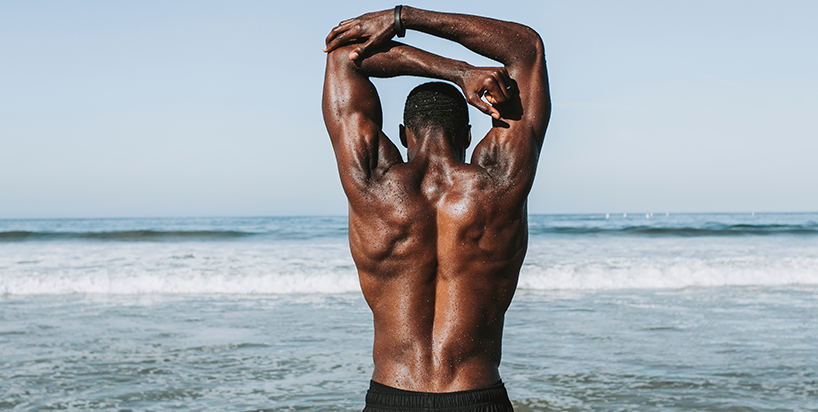As a trainer, I observe the methods, tactics, and techniques of individuals in the gym. I like seeing everyone making improvements to their physical and mental lives. However, the one thing that truly bothers me is when I see an execution attempt where the movement lacks quality.
The definition of evolve is to develop gradually, especially from a simple to a more complex form. And, as human beings, we are constantly evolving. Experience, self-awareness, and a quest for knowledge make us successful in life. While we work to change the shape and appearance of our bodies, our efforts in the gym should mirror the work ethic we use in life.
Keeping that in mind, we must always remember that form follows function. Because results will only be attained with knowledge, repetition (in the correct tempo), tension, and proper execution of the exercise which has been designed for the individual.
You may ask, what does that look like?
Knowledge and Awareness
Before starting an exercise, there are two things you need. First, anatomical knowledge of the targeted muscle group, or groups, is an absolute necessity. Second, the awareness of any structural deviations you may have which could impede the proper execution of the exercise. When combined, you and your trainer can develop a routine where form follows function.
The phrase ‘Form Follows Function’ means that the form of a body part or structure is related to its function. The form or shape of a structure within an organism is correlated to the purpose or function of that structure. If there is a structural deviation in the form the function will suffer. Take heart, your exercise may require a modification. However, it does not always mean that performing the exercise is out of the question.
Putting it into Practice
Let me give you an example. While performing a reverse-grip push-down to work your tricep, you may notice tension or pain in your wrist, elbow or thumb as you push through the final phase of the exercise. This is information you should not ignore. A simple modification should allow you to execute the exercise without pain. The pain, feedback your body is giving you, is most likely tied to some sort of compensation pattern up the kinetic chain.
Something as simple as opening up the grip takes pressure off the wrists. Changing hand position on the bar to bring the hands in medially adds stability to the shoulder and in turn the triceps. Or, you may have to change the attachment to a rope. This can alleviate pain or discomfort by taking you to a neutral hand position possibly accommodating a shoulder issue.
The bottom line is knowledge and awareness leads to no wasted reps and no wasted movements. No wasted reps or movements leads to proper execution. Proper Execution Leads to Evolution.
Know the body well enough to connect mindfulness to muscle activation.
Place the body in the best position for YOUR proper execution of the exercise.
Reap the benefits.

